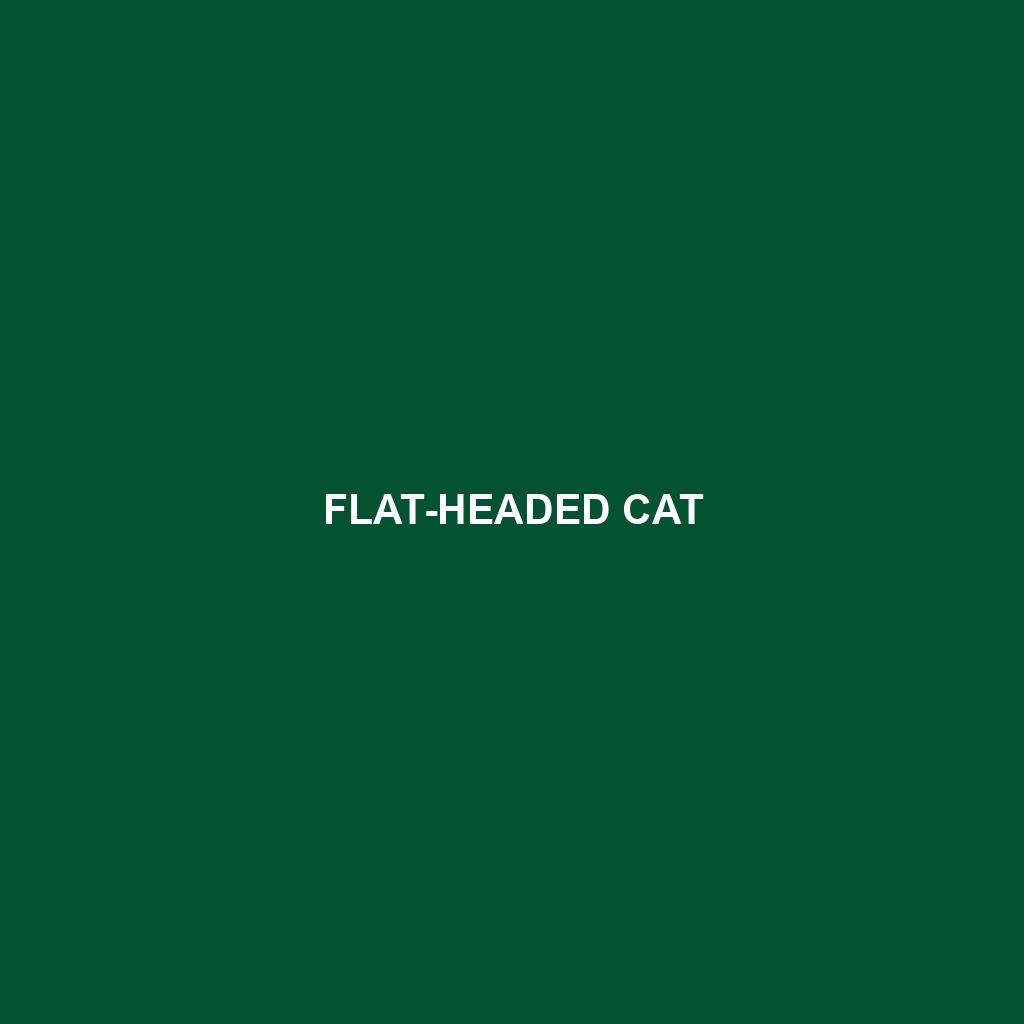Sunda Leopard Cat (Prionailurus javanensis)
Common Name: Sunda Leopard Cat
Scientific Name: Prionailurus javanensis
Habitat
The Sunda Leopard Cat is primarily found in the lush forests of Southeast Asia, specifically in countries such as Indonesia, Malaysia, and southern Thailand. This elusive feline prefers tropical rainforests, mangroves, and secondary forests, where it has access to dense vegetation and an abundance of prey.
Physical Characteristics
The Sunda Leopard Cat is a small-to-medium-sized wild cat, measuring approximately 50 to 75 centimeters in length, with a tail that adds an additional 25 to 30 centimeters. Its coat is marked with striking black rosettes on a light brown to golden background, providing excellent camouflage in the dappled sunlight of its forest habitat. This species has a slender, elongated body, a relatively flat skull, and large, rounded ears that enhance its hearing abilities.
Behavior
Known for its elusive nature, the Sunda Leopard Cat is mostly solitary, with individuals maintaining distinct territories. This nocturnal hunter is adept at climbing, which allows it to hunt both on the ground and in trees. With a keen sense of sight and hearing, these cats demonstrate stealth and agility while pursuing prey, often preferring to stalk rather than chase.
Diet
The diet of the Sunda Leopard Cat mainly consists of small mammals, birds, reptiles, and amphibians, showcasing its opportunistic feeding habits. It primarily hunts during the night, relying on its excellent camouflage and hunting skills to capture prey. This versatility in diet allows the Sunda Leopard Cat to thrive in various forest environments.
Reproduction
Breeding typically occurs year-round, with peak seasons usually noted during the warmer months. After a gestation period of about 60 to 70 days, the female gives birth to a litter of one to four kittens. The young are weaned at around two months old and begin to learn hunting skills shortly after. Maternal care is crucial during the early stages of life, as the mother is responsible for teaching her kittens survival skills.
Conservation Status
The Sunda Leopard Cat is currently classified as ‘Near Threatened’ on the IUCN Red List, primarily due to habitat loss and degradation from deforestation and human encroachment. Conservation efforts are crucial to preserve its habitat and mitigate threats from hunting and habitat fragmentation.
Interesting Facts
One fascinating fact about the Sunda Leopard Cat is its ability to adapt to a variety of forest habitats, including disturbed areas. This flexibility allows it to survive in fragmented landscapes, which is becoming increasingly important as natural habitats continue to diminish. Additionally, Sunda Leopard Cats are capable of producing a range of vocalizations, including growls, meows, and purrs, allowing them to communicate effectively in their environment.
Role in Ecosystem
The Sunda Leopard Cat plays a vital role in its ecosystem as a predator, helping to control populations of small mammals and birds. By maintaining balance in the food web, this species ensures healthier populations of prey species and contributes to the overall biodiversity of Southeast Asian forests.
